No Results Found
The page you requested could not be found. Try refining your search, or use the navigation above to locate the post.

FERC directs regional grid operators to revise their tariffs to establish DERs as a category of market participants. While this does not immediately change the landscape, the new rules could provide an opportunity for smaller generation from companies like Helios Altas and Wind Harvest International to be used in DER projects.
Distributed energy resources have been hampered historically by being too small to justify operating on the Energy Grid. Being able to operate on the Grid allows for a smaller grid to buy and sell energy in the larger market. This is important for DERs to make financial sense and for their reliability. Currently, many Grids and energy markets have financial barriers that make smaller energy generation uncompetitive.
Overall this should increase energy competition and grid reliability. In California, there still are major obstacles in connecting and interacting effectively with the Grid.
Learn more about the FERC ruling here.
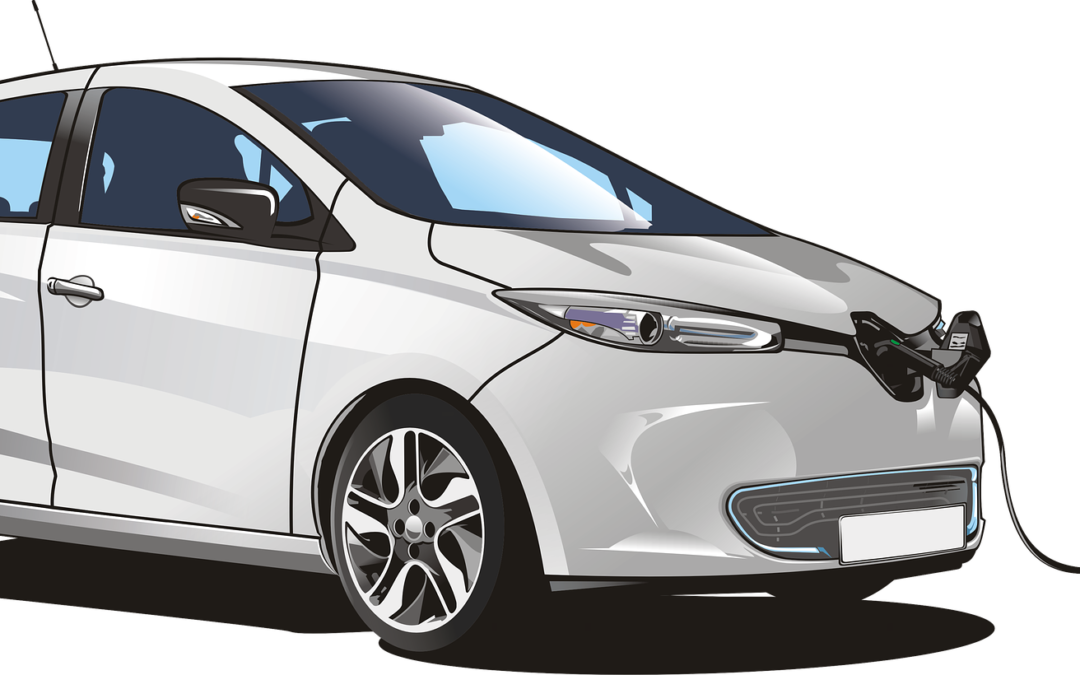

ABOUT THE AUTHOR
Gary Simon is the Chair of CleanStarts Board. A seasoned energy executive and entrepreneur with 45 years of experience in business, government, and non-profits.

Weintraub | Tobin, EY, BlueTech Valley, Revrnt, Moss Adams, PowerSoft.biz
College of Engineering & Computer Science at Sacramento State
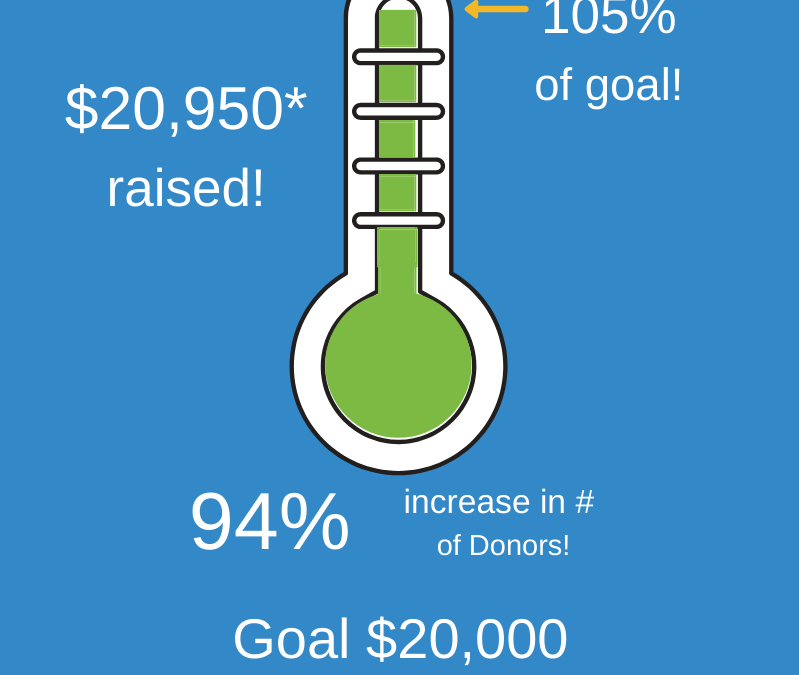
The huge outpouring of support in our August fundraising campaign was many things—unexpected, amazing, gratifying—and humbling. We are glad to have earned your trust and respect. We intend to treat your generosity well, and keep expanding our services and our reach. We are redoubling our efforts to create a steady pipeline of startups advancing toward customer sales and funding success.
Our goal was $20,000. We raised $20,950 including matching money, more than tripling the amount in our last campaign, and we set a new record for the number of people who donated. In this time of pandemic, when so many people are uncertain of their finances, it is particularly astonishing to see this kind of response. We are so grateful. We also receive support from sponsors, grants and contracts, all of which have been shrinking with the uncertainties of the shutdown. That’s why the boost from donations is so critical right now.
If you didn’t see our 5-minute video on what we have accomplished, click here. If you want to chip-in, Buy Us a Cup of Coffee. Every little bit helps.
THANK-YOU: Brian Hoblit, Dan Sperling, Jack Crawford, Mike Hart, Mike Terzo, Roger Akers, Al Rich, Chris White, Noam Lotan, Bob Guimarin, Linghong Li, Sergey Vasylyev, Mark Henwood, Dan Koellen, Daniel Clark, Aaron Shaw, Laura Good, Sandra Hall, Thomas Paddon, Ezra Beeman, Peter Zullo, Diana Eastman, Alex Chompff, Brandon Rose, Lorenzo Smith, Ryan Barr, Robert Gregoire, Frederic Tornatore, Curtis Rocca, Christina Borsum, Weintraub Tobin, Kian Nobari, Lynne Goldsmith, Michelle Wong, Antonio Yung, Mark Berman, Andy Roth, Bill Westerfield, Yuliya Semak, Musole Buhendwa, Eva Shepherd, Mariah Lichtenstern, Eric Cummings, Steven Mills, Larry Kellerman, John Selep, Doug Linney, John Peters, Alain Poivet, Michael Carroll, Terry Carlone, Robert Wilson, Kyle Kaneshiro, John Jaggers, Robert Gregory, Glenn Meeks, Roger Johnson, Matt Roberts, Evolution Accelerator, Peter Bell, Ingrid Rosten, Bing Gu, Kathleen Collins, Kiara Reed, Guy Hall, Michelle Wong, Robert Willson
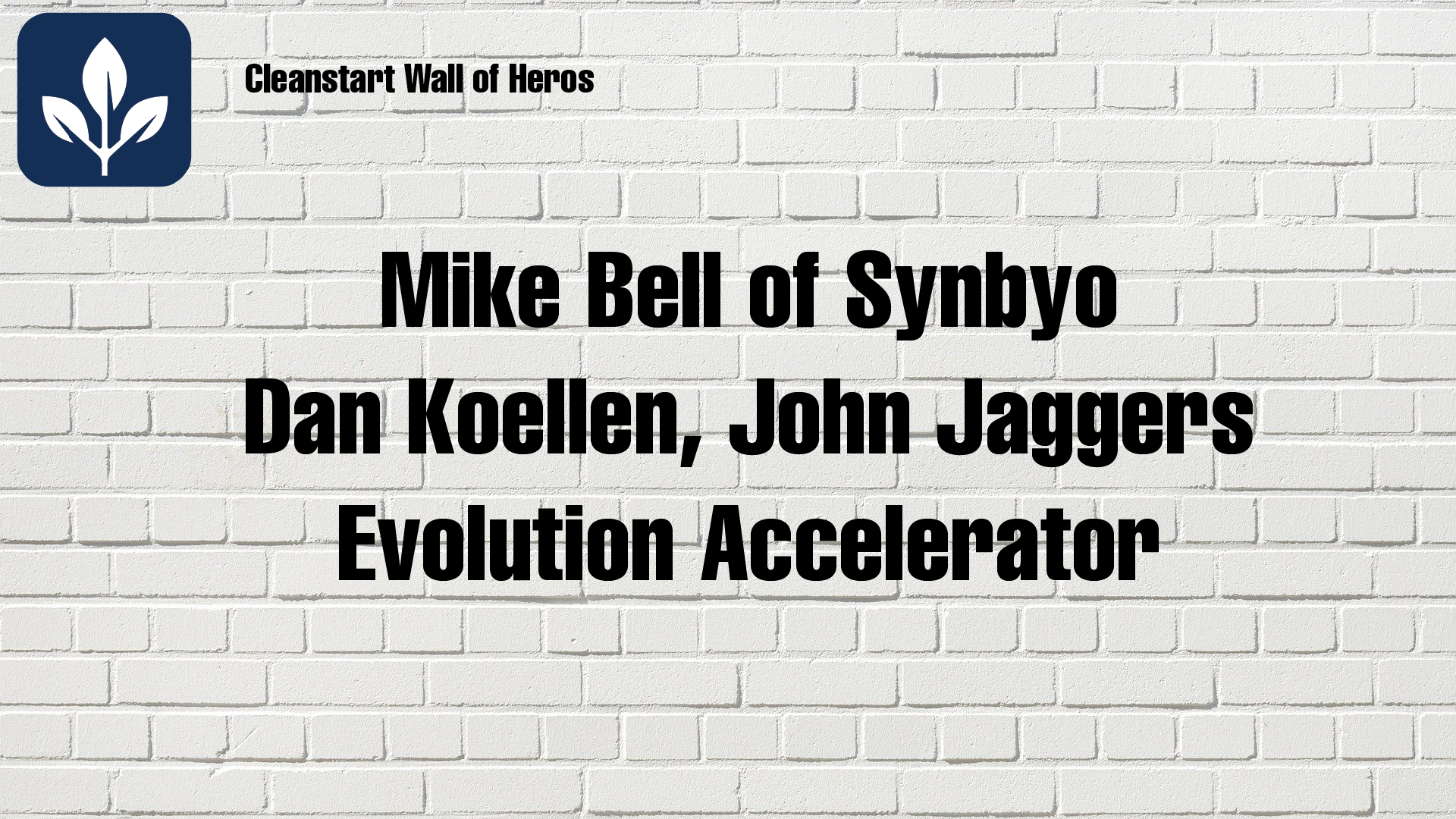
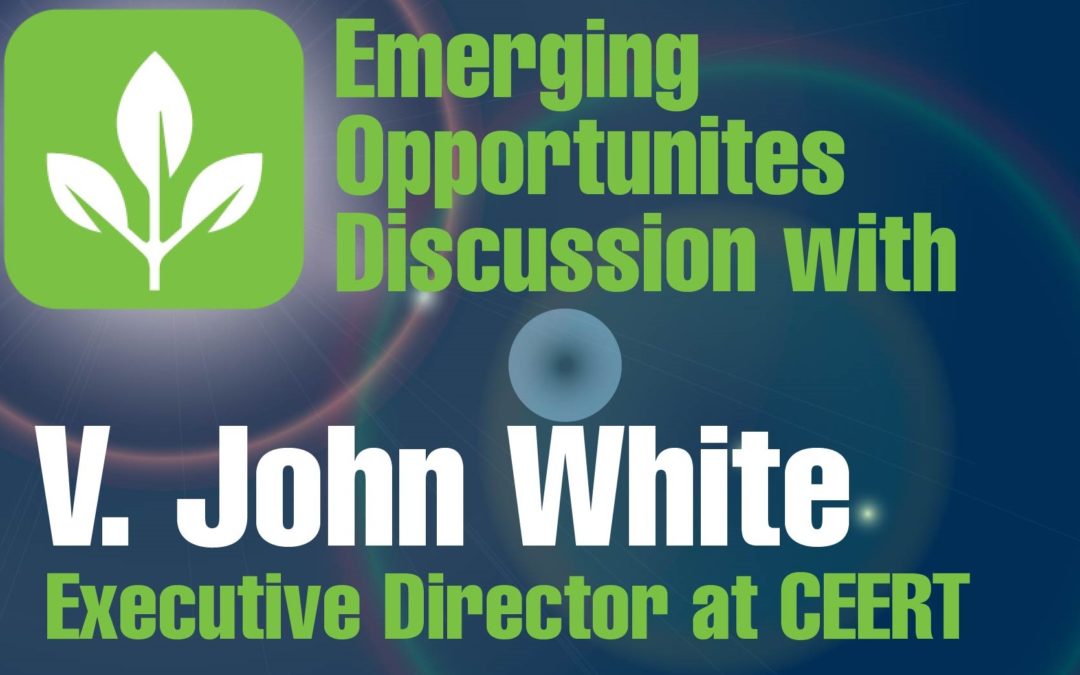
The page you requested could not be found. Try refining your search, or use the navigation above to locate the post.

Weintraub | Tobin, EY, BlueTech Valley,
Moss Adams, PowerSoft.biz, Revrnt
College of Engineering & Computer Science
at Sacramento State
Follow us on Social Media to keep upto date!
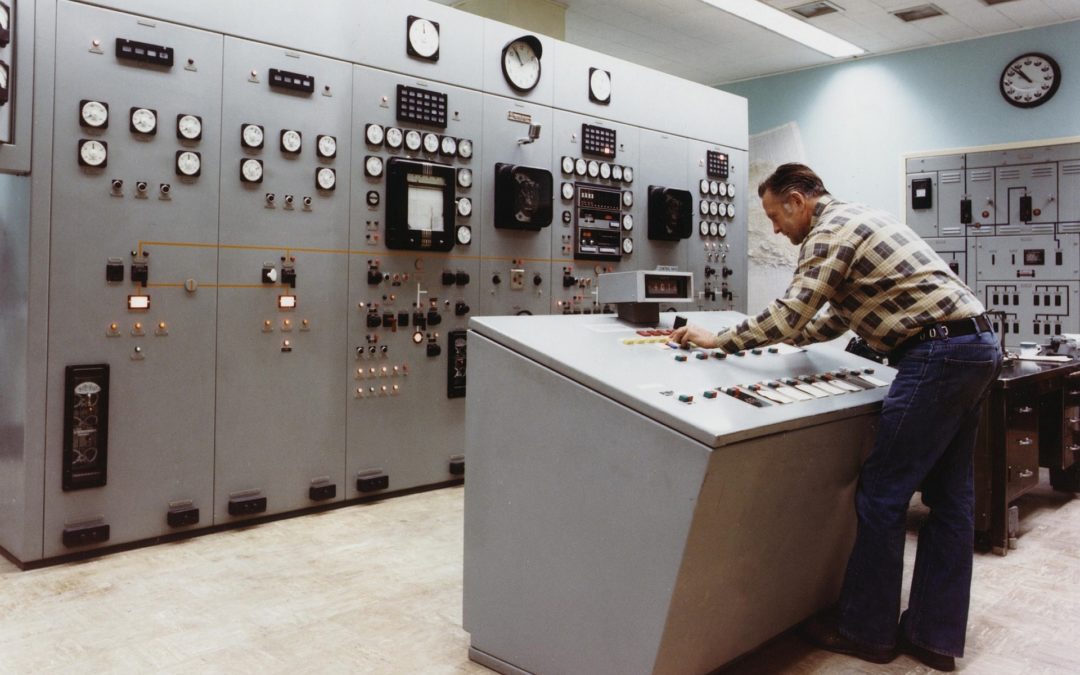
Here we are again with rotating blackouts because power supplies are not adequate at certain hours. This surely can’t be the case for ever. People hate the inconvenience. Utilities hate doing it even more because it makes people so mad. How did we get here? Probably another in a series of unintended consequences, but one with solutions and with opportunities for entrepreneurs.
The California Independent System Operator (Cal-ISO) goes to extraordinary lengths to come up with arrangements for enough capacity at all times, but in the end it is just an informed estimate and Cal-ISO must rely on the CPUC to implement their suggestions on what to require the utilities to do. Cal-ISO and the CPUC try to have enough capacity in reserve and not too much, because it is expensive.
Tune in to hear Gary interview V. John White, Executive Director of the Center for Energy Efficiency and Renewable Technology (CEERT) on the new horizons opening for clean tech entrepreneurs in the coming years. They talked about some of these same topics.
It appears there has been a confluence of unexpected events that left the state short on capacity, and needing to use its back-up curtailment plans over a six-day crunch. To begin with, there have been more than 13.6 GW of gas-fueled capacity retired since 2013—9.1 GW in just the past five years. Between now and the end of 2025, there are another 4.6 GW of natural gas capacity and 2.3 GW of nuclear capacity scheduled for retirement across the state, which means the problem is growing.
This trend was compounded on Friday, Aug. 14, when, amid triple-digit temperatures, it declared a statewide Stage 2 Emergency, warning power outages were possible. Later that day—at 6:36 p.m.—indicating utilities had taken 1000 MW of generation out for maintenance—there was an “extraordinary strain on the ISO electric system,” Cal-ISO escalated the event to a Stage 3 Electrical Emergency and initiated rotating outages throughout the state. By 7:51 p.m., the grid had stabilized as utilities began restoring the lost supply.
Saturday at around 6:28 p.m., Cal-ISO again declared a Stage 3 Electrical Emergency, due to the unexpected loss of a 470-MW power plant, and loss of nearly 1,000 MW of wind power. Twenty minutes later the wind picked back up and the Stage 3 was cancelled.
On Sunday, the grid operator issued a statewide Flex Alert—a call for voluntary electricity conservation—extending through Wednesday.
On Monday, it again raised the emergency to a Stage 2, but did not actually execute on anticipated 1400 MW in outages due to “reduced demand due to consumer conservation and cooler than expected weather.”
On Tuesday, Aug. 18 and Wednesday the 19th, Cal-ISO again declared a statewide Stage 2 emergency and called for consumers to conserve energy.
The timing of the power plant outages was unfortunate but not unusual. In addition, the potential to import power into California was diminished since the entire western United States was experiencing higher-than-normal temperatures and increased power demands. Unlike historic summer peak power events, the peak hour this year has moved later in the day, driven in part by the shelter-in-place restrictions created a higher demand for power to cool homes and businesses in the late afternoon and evening. The peak load has shifted to the 6 p.m. to 8 p.m., after sunset.
In the past, the solution was nearly always to build more gas-fired generating capacity in reserve to fill the gap. The Wall Street Journal harrumphed that this is what happens when states try to shut down fossil fuel plants too quickly. That really isn’t the lesson. In this era of trying to achieve a zero-carbon power supply, the state has been trying to encourage more innovative approaches. The lesson is that innovation should have been pushed faster.
California has been in the forefront of finding more capacity through the creation of “virtual power plants (VPPs)”, basically organizing demand reductions and behind-the-meter storage that can be available on command. In theory, with enough control, demand can always be matched to available supplies avoiding rotating outages. In practice, even with the dozens and dozens of organizations willing to accept economic incentives to reduce demand when necessary, there was not enough available in the recent situation. Cal-ISO successfully called on about 800 MW of this VPP power, and it would have been enough but for the fossil and wind units going down at the same time.
Grid-scale storage is another obvious solution, but Cal-ISO has been very critical of the CPUC for not moving fast enough to get the utilities to add it. There was little doubt about what could have been done to avoid the problem. It was a matter of not pressing forward quickly. The Governor pointed the finger at the CPUC and CEC for not anticipating well enough. Of course there is always enough blame to go around.
Turning this around, where’s the opportunity for entrepreneurs? Clearly the ISO and CPUC will be open to adding more capacity resources than it has now. Grid-scale storage projects will likely be accelerated and upsized. Bigger organizations are already battling to be the ones to benefit from this push. Do you have an idea that would help them compete better to add these resources? Is there another big organization out there that would have the ability to commit to a big storage project that you could help?
In addition, there probably is a lot of room for innovation on the VPP side. It would likely involve adding more control points at the point of power use and systems to communicate with them. There are a number of companies chasing the idea of controlling workplace EV charging units to reduce their use on command. Not a bad model to emulate.
One source that is nowhere near completely explored is how “thermal storage” can be used. It would not be so much about adding big thermal storage units as it would be in controlling things which already have “thermal storage” available. Think about anything that involves a refrigeration cycle. Once a unit filled with goods is cold, it will hold that cold for quite a while even after the refrigeration is turned off. That’s simply using “thermal mass”.
Who has such things? Here’s one that is usually overlooked: soda vending machines. They keep drinks ready to be dispensed 24/7. Is that really necessary? If the refrigeration was cycled off 15 minutes out of every hour, would anyone actually notice? All the soda cans create a lot of thermal mass. If the “off” times we’re in that 6-8 pm period, is anyone even around to buy a drink? So would it inconvenience anyone? How many soda vending machines are there in California? Close to a million. Refrigeration usually takes about 250 watts. A VPP opportunity in the multi-MW scale. Anyone got a good idea of how to add a simple device to control those vending machines, maybe just something that goes between the plug and the outlet? There are cold storage warehouses. Can the owners be induced to let the temperature rise one degree at certain times? How big an incentive would it take? How about convenience stores with their refrigerated units? Groceries? How could building HVAC systems be better used to aggregate to a useful VPP? We heard from Stasis Group at our Spotlight Pitchfest on 7/23, presenting a thermal storage device that can be “frozen” when power is plentiful, and “thawed” to substitute for AC use at times when power is short. You can watch here.
The Cal-ISO rules for paying a VPP are quite complex. If you can master them, you can unlock a lot of different payments which in the aggregate may make a good economic proposition for an entrepreneur. But rather than trying to master these rules yourself, how about dealing with one of the 38 VPPs already under contract to the ISO and interesting them in a device you may have. Here’s a list of who they are. Take a look at what MicroNOC is doing, as a good example.
Obviously, a lot of people worried about the recurrence of outages are out buying small 5-10 kW generators at a big-box store. What would it take to convince them to add storage instead, especially storage that gets incentive payments for being a part of a VPP?
Finally, you can expect laws and regulations to change as well, opening new doors for innovation. The CPUC will likely reconsider its incentives and rules. The legislature may create a much better incentive for behind-the-meter storage, especially given the new CEC building efficiency rules requiring rooftop solar on all new homes. Simpl Global made a presentation at that same Spotlight event with its idea of how to do zero-installation cost storage with PV.
What’s your idea? This is a relatively open territory and ripe for innovation. The need is pretty clear. It’s always good to innovate when there are customers already eager for new solutions. Give it some thought. If you want to bounce around ideas, you know how to find us.

ABOUT THE AUTHOR
Gary Simon is the Chair of CleanStarts Board. A seasoned energy executive and entrepreneur with 45 years of experience in business, government, and non-profits.

Weintraub | Tobin, EY, BlueTech Valley, Revrnt, Moss Adams, PowerSoft.biz
College of Engineering & Computer Science at Sacramento State

In the past week, the California Independent System Operator (CAISO) has issued a number of Flex Alerts. Flex Alerts are voluntary calls for consumers to conserve energy. On social media SMUD shared this call. It might seem like renewable energy has made this a new normal, but innovations will lead us out. Sacramento can be part of this innovation.
Why do we have Flex Alerts? The CAISO gives us a clear answer: “A Flex Alert is typically issued in the summer when extremely hot weather pushes up energy demand as it reaches available capacity. This usually happens in the evening hours when solar generation is going offline and consumers are returning home and switching on air conditioners, lights, and appliances.” In short there may not be enough power for the grid.
This is due to adoption of renewable energy sources which have reduced emissions and improved our quality of life but also don’t produce power 24-7. Utilities and the CAISO model the energy to avoid shortages, you can learn more in CleanStart Associates Smith’s Blog.
This should not be the NEW NORMAL. Yes, we will have more flex alerts, especially on hot overcast days BUT continued innovation will overcome this. With new energy storage technology and demand response systems.
Increased storage will help match energy supply with demand, storing the excess produced by systems like solar and wind to be used later. Demand response is a solution like the Flex Alert. It is changing the energy demanded by a utility consumer behind the meter, to better match the power supply. Future demand response systems hope to do things like temporarily stop Electric Vehicles from charging (even having Electric vehicles discharge as part of storage) or turn off appliances that aren’t needed. Demand Response might only reduce a household’s demand by 100 watts, but over a territory like SMUD’s it adds up. There are over 180,000 households, multiplying 100 watts into 18 Megawatts. (Added Benefit 18 Mwh is ~8,800 lbs of carbon dioxide emissions in California)
New technologies being developed right here in Sacramento can help to overcome this and provide grid resiliency. From Storage like Off The Wall Energy, DAE, Empower Energy, SPIN, and RePurpose to companies working on demand response like Grid Rabbit. CleanStart is committed to building the region into a cleantech hub, help support the innovation that will reduce flex alerts and build the local economy, support CleanStart.
ABOUT THE AUTHOR
Thomas is the Executive Director of CleanStart. Thomas has a strong background in supporting small businesses, leadership, financial management and is proficient in working with nonprofits. He has a BS in Finance and a BA in Economics from California State University, Chico. Thomas has a passion for sustainability and a commitment to supporting non-profits in the region.




Weintraub | Tobin, Revrnt, Moss Adams, PowerSoft.biz, Greenberg Traurig

Cybersecurity is big in the energy industry. The Department of Homeland Security identifies the energy sector as part of the United States’ critical infrastructure. Its assets, systems, and networks are considered so vital to the United States that their incapacitation or destruction would have a debilitating effect. Clean energy would be affected as would utilities like the Sacramento Municipal Utility District (SMUD),
The question of our nation’s security has been raised on multiple occasions. Because of its importance, I spoke with Antiwon Jacobs, SMUD’s Director of Cybersecurity and Chief Information Security Officer, to learn more about the importance of cybersecurity and how it might impact entrepreneurs in clean energy. There are many forms of security that SMUD finds important to which includes but is not limited to data security, supply chain security, and infrastructure security.
When it comes to new technologies SMUD works hard to make sure that all of their customers receive only the best, thus when new technologies come around they vet them carefully so they are compliant with all regulations. Companies must ensure they are compliant, especially if they are on SMUD’s side of the meter. All technologies are analyzed and reviewed to ensure they are compliant with not only SMUD’s security standard but also other relevant regulations. Companies that want to work with SMUD should visit their website-based procurement page, some small businesses can find additional assistance through SMUD’s SEED Program.
In order to effectively prevent attacks from foreign adversaries, Director Jacobs highlighted how and why security is so important and why he and other SMUD department directors are also tasked with making sure security is a priority.. For example, SMUD’s supply chain and SMUD’s Director of Procurement consistently focus on making sure the supply chain and infrastructure is secure. Following directives from the federal government, SMUD takes the necessary steps and actions to make certain the utility and its customers are safe from attacks on the electrical grid.

ABOUT THE AUTHOR
Saraia Jackson is a second-year computer science major at CSU Sacramento. Her long-term goal is to become a cybersecurity analyst. She wants to show young African American women that they can do whatever they put their minds to no matter where they come from. She also really wants to devote her life to helping children and making a difference.

Weintraub | Tobin, EY, Moss Adams
BlueTech Valley, PowerSoft.biz
College of Engineering & Computer Science at Sacramento State

The annual EPIC forum is one of the best places to hear about what the California Energy Commission is doing with its $130 million in Electric Program Investment Charge funding. Historically everyone would converge on Sacramento for a convention bringing together a diverse set of industry leaders to share best practices, learn about emerging technology, and connect about future projects and partnerships.
You can read about how 2019 and 2018 went and see how much they impacted the future.
Now it has gone online. You can register here. They are focusing on having several break-out discussion sessions to capture that networking feeling. Join in on September 2-3 for the first virtual CEC EPIC Forum to explore strategies to achieve zero net carbon in the built environment.
The lightning talks look exciting with several of our regional companies participating. Attendees will explore exciting industry advancements, learn what challenges exist in scaling them, and opportunities California and businesses can pursue to accelerate building decarbonization across all communities. As you register you can learn more about the agenda.
California’s goal to reach carbon neutrality in the energy sector by 2045 is a challenge that brings a unique opportunity to reimagine everything. This year the EPIC forum looks at carbon neutrality in new and existing building development. Using advanced technologies, new practices in architecture and construction, enhanced load flexibility, and incorporating innovative policy and financing models, California’s innovators are developing the blueprint to create super-efficient, all-electric buildings powered primarily by onsite renewable energy and capable of supporting the larger electric grid.
The EPIC Virtual Forum features, panels, breakouts, networking, and virtual exhibits. If that excites you and you want to join the future, register here.
ABOUT THE AUTHOR
Thomas is the Executive Director of CleanStart. Thomas has a strong background in supporting small businesses, leadership, financial management and is proficient in working with nonprofits. He has a BS in Finance and a BA in Economics from California State University, Chico. Thomas has a passion for sustainability and a commitment to supporting non-profits in the region.




Weintraub | Tobin, Revrnt, Moss Adams, PowerSoft.biz, Greenberg Traurig

The tiny house movement has gained a great deal of popularity in the past few years. It is an architectural and social movement that advocates living simply in small homes. Here in Sacramento, we have a serious tiny home enthusiast, designer, and builder.
What got you into working with Tiny houses?
I spoke with agile architect Genevieve Marsh about her experience with creating unique designs for tiny houses and other structures. She specializes in finding custom solutions to specific problems. Genevieve has been in this field of work since she graduated from Rhode Island School of Design and has even built herself a tiny house. She got into designing and building tiny houses because of her passion for sustainability.
When choosing your material how do you keep the environment in mind?
When it comes to her designs Genevieve likes to “show her clients all the health benefits of using natural materials, which help bring the nature outside in;” she is always looking for new ways to incorporate them. In her business, Genevieve uses recycled steel and wool as an installation. It is important to be aware of your surroundings, she says, and what is present on sight so that what you are placing into the environment is not only able to function, but also has minimal impact. While the cost of eco-friendly materials may be higher than their counterparts, it is worth it because her products are affordable, aesthetically pleasing, and functional.
What kind of technology do you incorporate into your tiny houses?
Genieve utilizes solar panels in all of the homes and small facilities that she designs. Since “It does not take too much solar energy to power a tiny house”, you can get small solar panels and place them onto the roof of the tiny house in a design of the clients choosing or you can put them on the side of the structure. Moreover, due to the size of the structures that Genieve builds, the solar panels are not expensive to include and save you a lot of money in the long run.
After my conversation with Genieve, I am excited to see what project she takes on next. Her love for sustainability and eco-friendly materials make for a great tiny house builder. As she continues to come up with innovative ways to solve the problems our community face every day. Not only is she doing what she is passionate about but she does so while helping others save money and teaching them why going green is one of the best things you could do for yourself and the environment.

ABOUT THE AUTHOR
Saraia Jackson is a second-year computer science major at CSU Sacramento. Her long-term goal is to become a cybersecurity analyst. She wants to show young African American women that they can do whatever they put their minds to no matter where they come from. She also really wants to devote her life to helping children and making a difference.

Weintraub | Tobin, EY, Moss Adams, Momentum
BlueTech Valley, PowerSoft.biz, Revrnt
College of Engineering & Computer Science at Sacramento State

Empower Energy in Davis has passed some important new milestones since we last visited with them in 2018. They redesigned their home storage device to be more compact and more powerful. Even more importantly, they have been certified as an electrical appliance in Australia which has opened the door to actual customer installations.
Then in 2019, Empower got another boost as the government in New South Wales announced a subsidy program for homeowners to install battery systems. The subsidy is in the form of no-interest loans for families to purchase solar and batteries. Up to 300,000 households will be able to access loans of up to A$9,000 per battery system and up to A$14,000 per solar-battery combo. This is a 10-year $3.2 billion program with a competitive selection of suppliers qualifying for the subsidy. Empower CEO Ezra Beeman is hopeful similar subsidies will be created in California, particularly with the new requirement that all new homes have rooftop PV installed.
Now Empower’s biggest challenge is assembling the capital to begin manufacturing to meet the new demand for systems in Australia and the US. The Empower product is a “smart” battery system that does more than store energy and can manage power flows at the distribution level into and out of homes, one of the rare few that have this feature. Ezra is talking to investors as well as strategic partners. He will be discussing his adventures at our CleanStart To-Do session at 9 am on August 6.

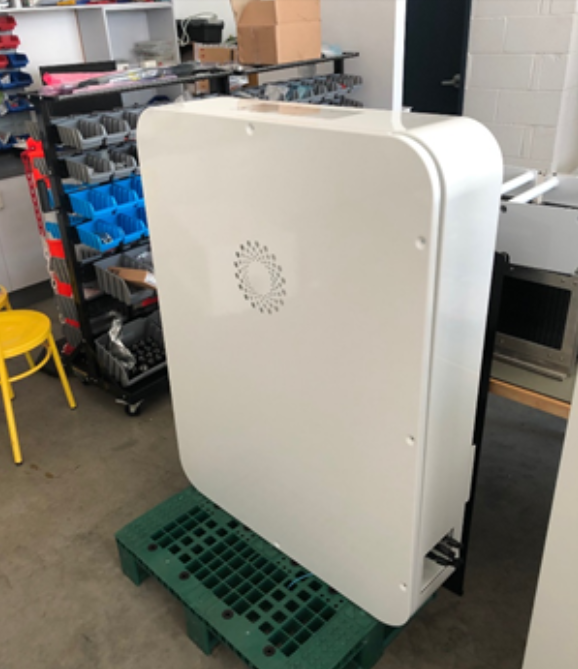

ABOUT THE AUTHOR
Gary Simon is the Chair of CleanStarts Board. A seasoned energy executive and entrepreneur with 45 years of experience in business, government, and non-profits.

Weintraub | Tobin, EY, Stoel Rives, Greenberg Traurig LLP
BlueTech Valley, Buchalter, Moss Adams, PowerSoft.biz
College of Engineering & Computer Science at Sacramento State